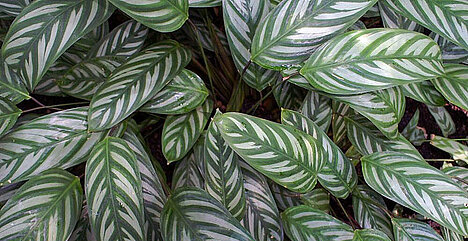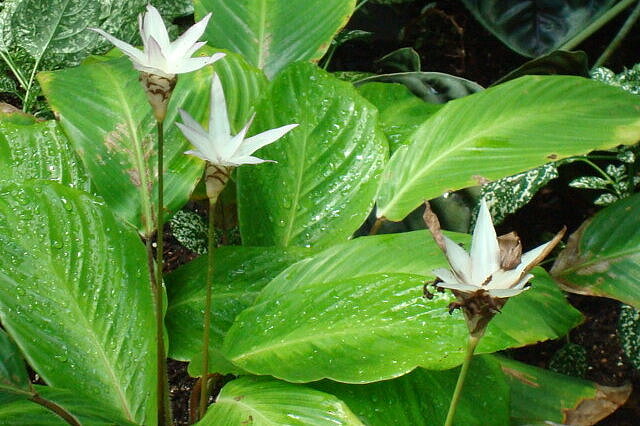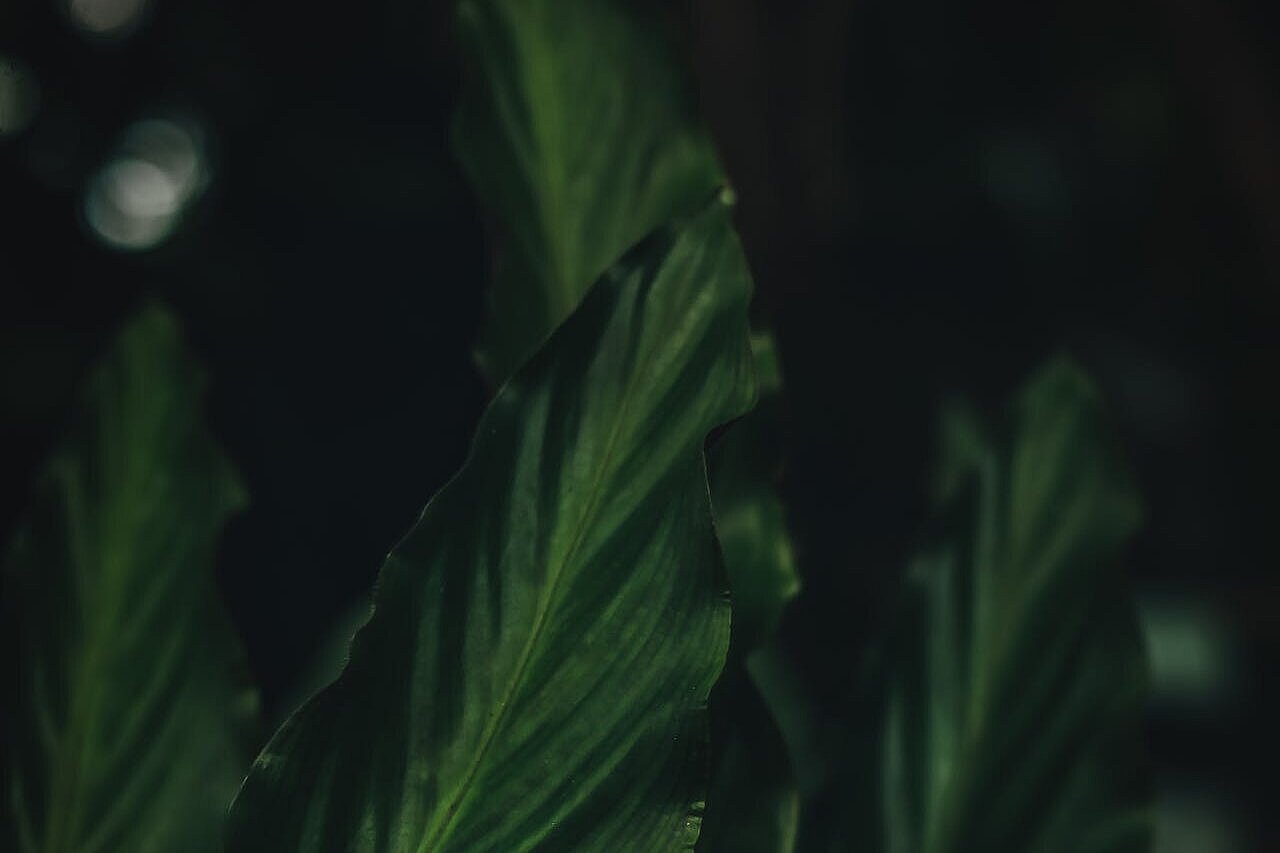Calathea oppenheimiana

What is Calathea oppenheimiana?
Calathea oppenheimiana is also known as arrowroot or basket marant. It has egg-shaped, long-stalked leaves that shine in various shades of green and are patterned with dark green stripes and reddish undersides. The leaves are able to fold up at night and unfold again in the morning, giving the plant a lively appearance. Calathea oppenheimiana rarely produces flowers, which form upright spikes in clusters and have a tubular shape.
Calathea oppenheimiana is an easy-care houseplant that requires relatively little light but prefers high humidity. It should be watered regularly, but should not be left too wet. The ideal temperature is between 18 and 24 degrees Celsius. The plant can be propagated by dividing the root ball or by cuttings.
Is Calathea oppenheimiana poisonous to dogs?
The good news is that Calathea oppenheimiana is not poisonous to dogs. It does not contain any harmful substances that could lead to symptoms of poisoning. On the contrary, it even has air-purifying properties and can filter pollutants out of indoor air. The plant was also used in its native country to neutralize arrow poison.
However, this does not mean that you should let your dogs nibble on the plant. Even if the plant is not poisonous, it can cause gastrointestinal complaints or allergic reactions in sensitive animals. Chewing on the leaves can also damage the plant and affect its appearance. You should therefore keep your dogs away from the plant or place it somewhere they cannot reach.
Calathea oppenheimiana is a beautiful houseplant with striking leaves that is ideal for shady locations. It is not poisonous to dogs, but is not suitable for consumption either. If you want to have this plant in your home, you should make sure that your dogs do not nibble on or damage it.
Properties 2
Are you looking for other ingredients with a specific property?
Just click on them to find more.
If you notice any signs of hypersensitivity or poisoning in your dog, you should see your vet immediately. We are not a substitute for a vet, but we try to be as accurate as possible. Every dog reacts differently and we recommend you get a second opinion or consult your vet if in doubt.
Stay healthy and take good care of your four-legged friend!😊
Similar to Calathea oppenheimiana
Calathea crotalifera is an ornamental foliage plant from the Marantaceae family. It is native to Central and South America and the Caribbean islands, where it grows in humid forests. It is also...
Calathea loeseneri is a plant species from the Marantaceae family. It originates from Peru, northern Brazil, Colombia and Ecuador, where it grows in the rainforests. The plant is also known as...
Calathea crocata likes light, but not direct sunlight. It feels most at home in a sunny to semi-shady location, for example in a warm conservatory or on an east or west-facing window. The hot midday...
The good news is: Calathea burle-marxii is not poisonous to dogs. The plant does not contain any harmful substances that could lead to symptoms of poisoning in dogs. However, this does not mean that...



